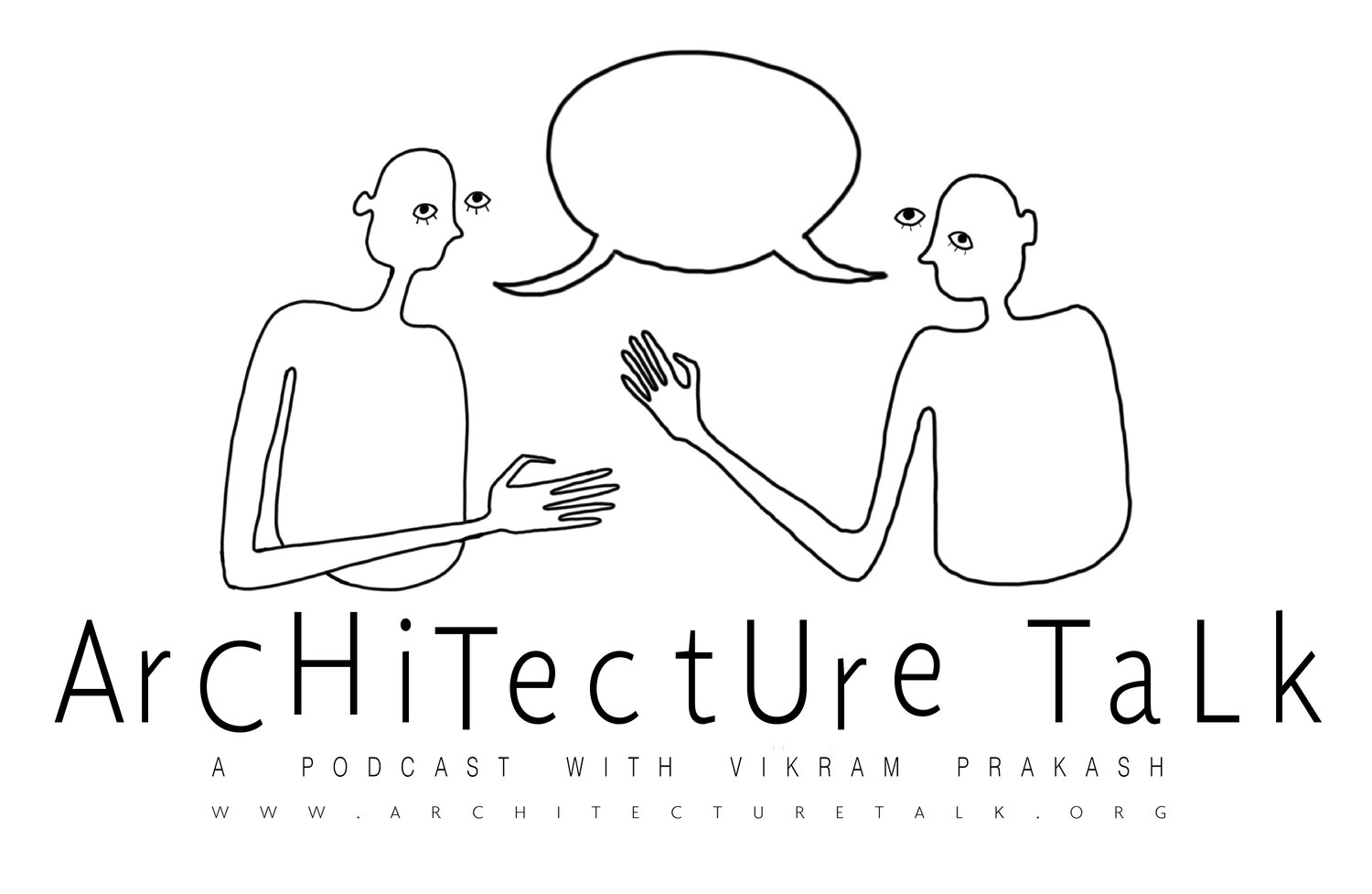3: Rethinking Historic Preservation with Jorge Otero-Pailos
““The way you cope with the future is to invent it.” ”
Columbia University’s Jorge Otero‐Pailos is a prolific architect, artist, educator and preservationist. His work, the “The Ethics of Dust” highlights pollution and what is discarded in the production of culture and the future. He introduces an idea of “experimental preservation” in which designating an object worth being preserved is a creative act itself. These objects then serve as transition objects to quell anxieties about moving towards an uncertain future.
Timestamp Outline
2:30 Luminescent panels of golden yellow pollution: what do they say?
3:05 The Ethics of Dust
3:27 Why is clean good?
7:50 Pollution: “That which has no place in culture.”
7:56 Mary Douglas’ work on pollution and taboo
8:46 The anthropocene and pollution as our greatest contribution to the planet
10:04 Latex cleaning technique
13:28 “Is dust part of the building or not?” - Doge’s Palace
13:43 John Ruskin, Stones of Venice: dust is a “time stain” and integral to the architecture.
14:01 “You see, this is soot! This is not architecture!”: replacing marble at St. Mark’s Basilica and British Society for the Protection of Ancient Buildings
15:25 “Experimental preservation”
17:02 “A not-me creation”
18:24 New construction as a preservation practice
19:38 Adaptive reuse as anthropocentrism
20:00 “What if we let the object be, and that that is the creative act. How will it enrich our lives to do that?”
21:23 Rem Koolhaas: “Preservation is overtaking us.”
23:06 “Preservation is always leaping over the present and into the future.”
24:23 Future Anterior, the “what will have been”
25:31 Pyramids as a preservation technology device for a sarcophagus, meant to be hidden and unused.
27:49 Monuments and historic buildings as objects of transition
29:09 “The not-me creations that we make, as preservationists, serve a much more present need which is to help us as a society deal with the anxieties and pressures and fears of transitioning into the future.”
29:42 Preservation history
30:56 Preservation and uncertainty
32:09 “The way you cope with the future is to invent it.”
33:28 Modernism and utopia
35:05 Derrida’s distinction between the future and l'avenir
36:07 Modernity and the Oedipal
40:26 Monuments and continuity across time







